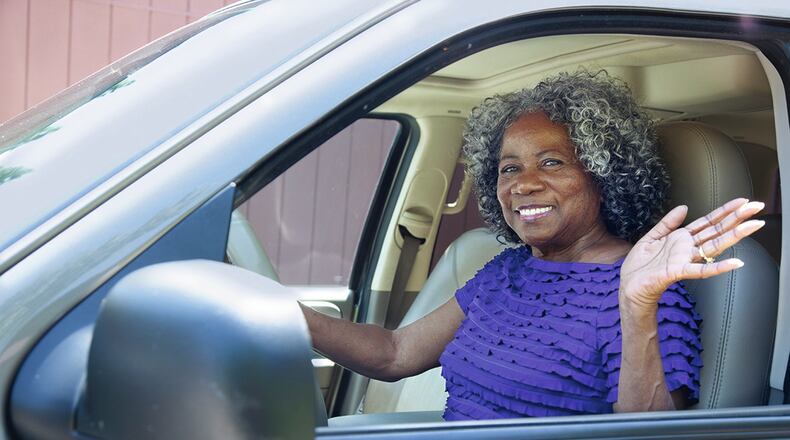The AAA Foundation for Traffic Safety, a nonprofit research and education association, says roughly 90 percent of seniors don’t take advantage of simple, often inexpensive features that can greatly improve safety and extend their time behind the wheel. Here are some considerations.
- Cushions and seat pads: Cushions do more than just alleviate hip and back pain while sitting. Cushions and pads can raise drivers up and improve their line of sight over the dashboard. Swivel pads can make it easier to enter and exit the car as well.
- Adaptive cruise control: This feature can adjust speed automatically to maintain a consistent space between vehicles.
- Adaptive headlights: These headlights, also known as steerable headlights, can improve visibility by changing the direction of the light beam with the movement of the steering wheel.
- Pedal extenders: Extenders help short drivers reach the pedals while maintaining a safe distance from the steering wheel and potential airbag deployment.
- Hand controls: Whether one has sensory changes in the feet from surgery or a medical condition, adaptive hand controls can move the "pedals" up to the steering column.
- Blind spot warning and other sensors: Today's cars can be equipped with any number of sensors that can detect oncoming traffic, cars to the left or right of the vehicle, items or cars behind the vehicle when reversing, and even if the vehicle has drifted out of the lane. These are all great safety features for any driver, but may be especially helpful to seniors.
- Parking assist: Parking assist technology can steer the vehicle into a space with little input from the driver.
- Voice control: Avoiding distractions and keeping hands on the wheel is enhanced by voice controls, which can be set up to do things like turn on the radio or adjust climate control.
- Convex mirrors: Special mirrors increase the field of vision.
Seniors have many tools available to make driving safer and more comfortable, which can prolong their years behind the wheel.
About the Author
